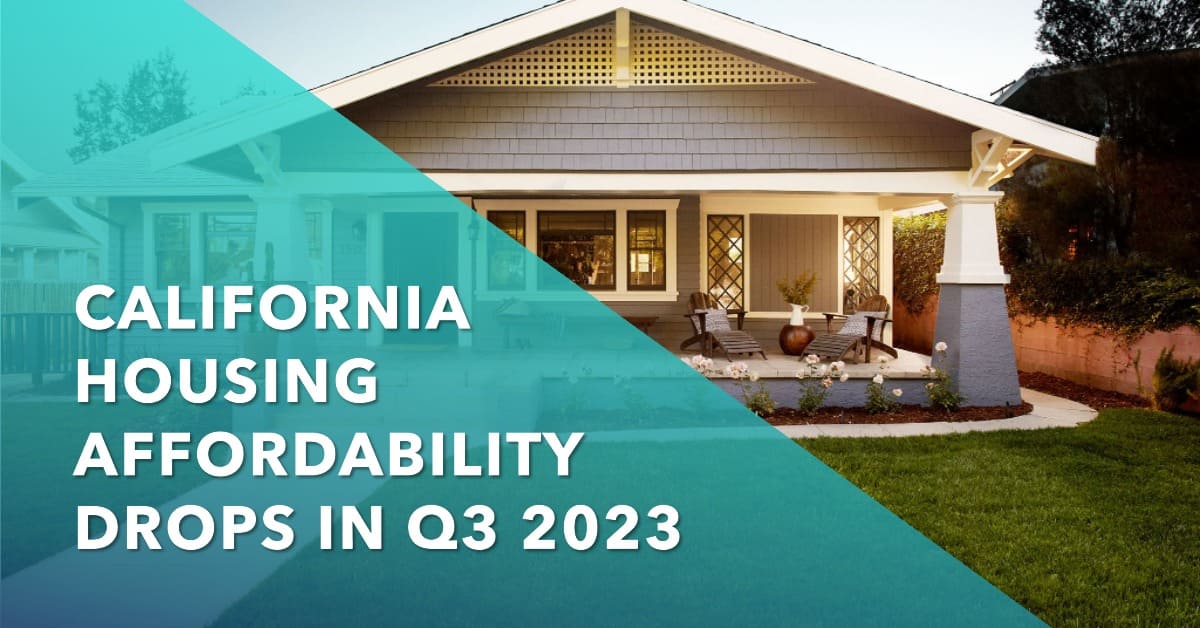If you are thinking of buying a house in California in 2024, you might be wondering if it is a good time to do so. The answer depends on your personal and financial situation, as well as the market conditions and trends. Let us take a look at some of the factors that may influence your decision, such as the housing supply and demand, the home prices and affordability, the mortgage rates, and the economic outlook.
Is it a Good Time to Buy a House in California?
Housing Supply and Demand
One of the key factors that affects the housing market is the balance between supply and demand. In general, when there is more demand than supply, home prices tend to rise and vice versa. In 2023, California experienced a severe housing shortage, with active listings dropping by 28.5% year-over-year in January. This created a highly competitive market where buyers had to compete for limited inventory and sellers had more bargaining power.
However, in 2024, the housing supply is expected to improve, as more homeowners decide to sell their properties and take advantage of the high prices. According to the California Association of Realtors (C.A.R.), new active listings increased by 13.6% year-over-year in January, suggesting a market that is responsive to changes in interest rates. Moreover, C.A.R. forecasts that existing, single-family home sales will increase by 22.9% in 2024 compared to 2023, indicating a more favorable market environment for buyers.
Home Prices and Affordability
Another factor that affects the housing market is the home prices and affordability. In general, when home prices are high and affordability is low, buyers tend to postpone or cancel their purchase plans and vice versa. California’s statewide median home price decreased 3.8 percent from December’s $819,740 to $788,940 in January 2024. It registered a 5.0 year-over-year gain, the seventh straight month of annual price gains. This was a 3.8% decrease from December, but still a 5% increase from January 2023. The decline was attributed to seasonal factors, as well as a softening in mortgage rates since mid-October.
However, in 2024, home prices are expected to rebound and continue their upward trend. C.A.R. forecasts that the median home price will rise by 6.2% to $860,300 in 2024, surpassing the previous record of $822,300 set in 2022. This means that buyers will face higher costs and lower affordability in 2024. C.A.R. estimates that housing affordability will remain flat at 17% in 2024, meaning that only 17% of households can afford to buy a median-priced home in California.
Mortgage Rates and Economic Outlook
A third factor that affects the housing market is the mortgage rates and economic outlook. In general, when mortgage rates are low and the economy is strong, buyers tend to have more confidence and purchasing power and vice versa. In 2023, California faced a challenging economic situation, with slower growth and higher inflation. The gross domestic product (GDP) grew by only 1.7% in 2023, while the consumer price index (CPI) rose by 3.9%. This resulted in higher mortgage rates, which reached 6.7% in 2023, discouraging many potential buyers.
However, in 2024, the economic situation is expected to improve, with lower inflation and higher growth. The GDP is forecasted to grow by 0.7% in 2024, while the CPI is projected to drop to 2.6%. This will lead to lower mortgage rates, which are expected to decline to 6% in 2024, creating a more favorable market environment for buyers.
In summary, buying a house in California in 2024 may be a good time for some buyers, depending on their personal and financial situation. The housing market is expected to rebound from a sluggish year in 2023, with more supply and demand, higher prices and affordability, and lower mortgage rates and inflation. However, buyers should also be aware of the challenges and risks involved, such as the high competition, the low inventory, the rising costs, and the uncertain economic outlook.



